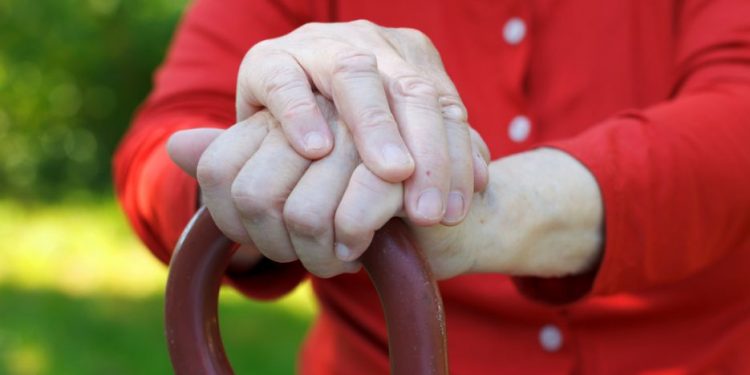Every movement we make — from blinking to walking — requires a complex interaction between the central nervous system (brain and spinal cord), nerves and muscles. Damage to or malfunction of any of these systems can cause movement disorders. Symptoms vary from mild to severe and can affect any part of the body. They can happen on their own or be brought on by certain activities, medications or injuries.
Most movement disorders are caused by abnormal nerve impulses or chemical changes in the brain and spinal cord. They can be inherited or caused by conditions such as stroke, multiple sclerosis and Alzheimer’s disease. Some are caused by certain drugs, including sedatives and antidepressants. They can also be caused by brain tumors, head trauma and infections such as viral meningitis.
Tremor is a rhythmic shaking or trembling of one or more parts of your body. It can be at rest or during movement and can affect your balance and fine motor movements. It sometimes runs in families and may be a normal part of childhood development. In some cases, tremors go away on their own or can be stopped by avoiding certain activities.
Dystonia is a neurological muscle disorder that causes involuntary spasms. It occurs when the brain’s deepest areas — called the basal ganglia and cerebellum — don’t send the correct messages to muscles to contract in a coordinated way. This can cause painful twisting movements and unnatural postures and positions. It can affect any part of the body, but it usually begins in the neck (spasmodic torticollis), eyelids (blepharospasm) or lower face (Meige syndrome).

Spasticity is a disruption in muscle movement patterns that leads to stiff and tight muscles. It can interfere with movement, especially while standing or at rest and can affect how you walk (gait) or speak. It can also cause pain and stiffness in the joints.
Tics are a group of patterned, repetitive and nonrhythmic movements. They can be simple — a blinking movement, for example — or more complex, such as hopping, head jerking or throat clearing. Tics often run in families and can be a sign of Tourette’s syndrome.
Hypokinetic movement disorders are those that involve decreased or slow movement. They can include Parkinson’s disease, a group of conditions known as parkinsonism and other degenerative disorders such as progressive supranuclear palsy and multiple system atrophy. Restless legs syndrome is another movement disorder that causes uncomfortable feelings in your legs when you’re at rest or sitting still.
Your doctor will examine you and ask questions about your symptoms to diagnose movement disorders. Some tests, such as a brain scan or blood work, might be done to help determine the cause. Other tests, such as an electromyography test, measure the electrical activity of your muscles to detect muscle spasms. Your doctor can also inject botulinum toxin, which is also known as Botox(r), into affected muscles to help relieve spasticity and tics. It blocks the release of chemicals in the brain that cause muscle spasms.









